
Wilhelm Gallhof (24 July 1878 in Iserlohn - June 1918) was a German painter and sculptor. At the beginning of the 20th century he was one of the most important German painters of female nudes in the Impressionist and Jugendstil movements.

Wilhelm Gallhof (24 July 1878 in Iserlohn - June 1918) was a German painter and sculptor. At the beginning of the 20th century he was one of the most important German painters of female nudes in the Impressionist and Jugendstil movements.
Little biographical information is known about Gallhof. [1] According to some sources, he studied art with the history painter Johann Caspar Herterich at the Academy of Fine Arts in Munich, then at the Kunstgewerbeschule in Karlsruhe with Ludwig Schmidt-Reutte and finally with the painter Lovis Corinth, who belonged to the Berlin Secession, in Berlin. He worked in Weimar and Paris, among other places. Wilhelm Gallhof had a "fast" style of painting and was controversial because of his numerous erotic paintings, which were considered pornographic at the time, but was accepted and highly valued in art circles. His motifs fit into the zeitgeist of the upheaval before the First World War and anticipated the lifestyle of the golden twenties. Gallhof died as a soldier at the end of World War I, around the age of 40.
Wilhelm Gallhof was a member of Deutscher Künstlerbund. [2]
Gallhof's most famous and frequently cited and copied work is The Coral Necklace (Die Korallenkette) from 1917. The nude shows a fully undressed woman on a chair, looking into a hand mirror, wearing coral necklaces around her neck and ankle. The painting appeared on the cover of the Munich art and literature magazine Jugend in 1917.

Egon Leo Adolf Ludwig Schiele was an Austrian Expressionist painter. His work is noted for its intensity and its raw sexuality, and for the many self-portraits the artist produced, including nude self-portraits. The twisted body shapes and the expressive line that characterize Schiele's paintings and drawings mark the artist as an early exponent of Expressionism. Gustav Klimt, a figurative painter of the early 20th century, was a mentor to Schiele.

Wilhelm Lehmbruck was a German sculptor. One of the most important of his generation, he was influenced by realism and expressionism.
Rudolf Schlichter was a German painter, engraver and writer. He was one of the most important representatives of the critical-realistic style of verism within the New Objectivity movement. He also wrote some autobiographical books.

Otto Müller was a German painter and printmaker of the Die Brücke expressionist movement.

Karl Christian Ludwig Hofer or Carl Hofer was a German expressionist painter. He was director of the Berlin Academy of Fine Arts.
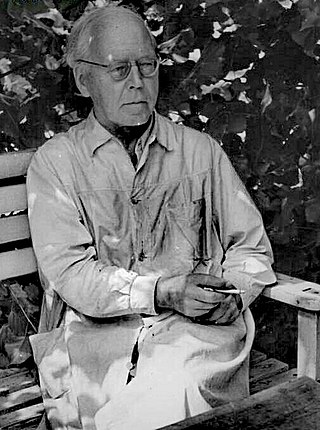
Georg Kolbe was a German sculptor. He was the leading German figure sculptor of his generation, in a vigorous, modern, simplified classical style similar to Aristide Maillol of France.
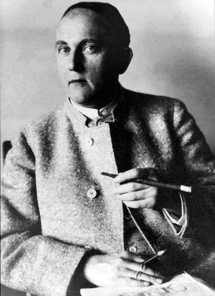
Wenzel August Hablik, also known as Wenceslav Hablik and Wilhelm August Hablik, was a painter, graphic artist, architect, designer and craftsman, associated with German Expressionism.

Gustav Wunderwald was a German painter of the New Objectivity style, and a theatrical set designer.

Wilhelm Morgner was a German Expressionist painter and graphic artist.
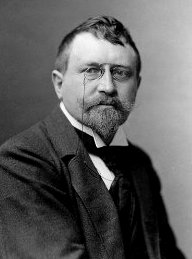
Hugo Curt Herrmann was a German Impressionist and Neo-Impressionist painter; associated with the Berlin Secession.

Karl Friedrich Rudolf Sohn was a German portrait painter in the Academic style.
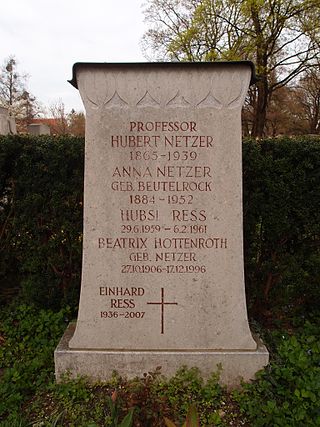
Hubert Netzer was a German sculptor, medalist, and university professor.

Rudolf Wilhelm Walther Großmann, or Grossmann was a German painter and graphic artist. He is particularly well known for his portrait drawings of famous contemporary figures.

Heinrich Nauen was a German Expressionist artist. He created oils, watercolors, and prints; as well as murals and mosaics. A large part of his output consists of landscapes and floral still-lifes.
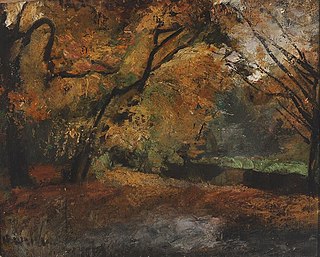
Hedwig Weiß was a German painter and graphic artist. Her works are primarily Impressionistic in style.

Carl Ludwig Noah Bantzer was a painter, professor and art critic; associated with the Willingshausen Artists' Colony.
Wilhelm Carl Melchior Simmler was a German painter and illustrator of the Düsseldorf school of painting.

Eduard Adolf Daelen was a German painter and writer. For some of his writings he used the pseudonyms Ursus teutonicus, Angelo Dämon, Edu Daelen-Bachem and Michel Bär. He became known above all for the first biography of Wilhelm Busch, which he wrote in 1886.

Carl Strathmann was a German painter in the Art Nouveau and Symbolist styles.
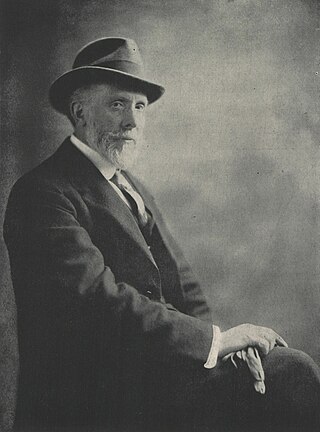
Jean Léon Henri Gouweloos (1865/8–1943) was a Belgian painter, draughtsman, affichiste, and lithographer.